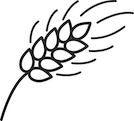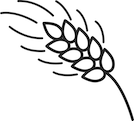Suicide Prevention Resource for Action (4 credit hours)
Program Summary: This course explores suicide prevention and provides strategies and approaches for reducing suicide risk and harms. Strategies include: strengthen economic supports, create protective environments, improve access and delivery of suicide care, promote healthy connections, teach coping and problem-solving skills, identify and support people at risk, and lessen harms and prevent future risk. The course explores risk and protective factors at the individual, relationship, community, and societal level. Crisis response interventions and therapeutic treatment approaches are discussed.
This course is recommended for social workers and counselors and is appropriate for beginning and intermediate levels of practice.
Course Reading: Suicide Prevention Resource for Action
Publisher: CDC
Course Objectives: To enhance professional practice, values, skills and knowledge by examining strategies to reduce risk factors for suicide.
Learning Objectives: Describe the 7 select strategies to reduce suicide. Identify risk and protective factors associated with suicide. Identify crisis response interventions and therapeutic treatment approaches.
Review our pre-reading study guide.
This course includes 25 test questions. Your computer must be configured to accept cookies to save your answers if you log-out.
G.M. Rydberg-Cox, MSW, LSCSW is the Continuing Education Director at Free State Social Work and responsible for the development of this course. She received her Masters of Social Work in 1996 from the Jane Addams School of Social Work at the University of Illinois-Chicago and she has over 20 years of experience. She has lived and worked as a social worker in Chicago, Boston, and Kansas City. She has practiced for many years in the area of hospital/medical social work. The reading materials for this course were developed by another organization.





